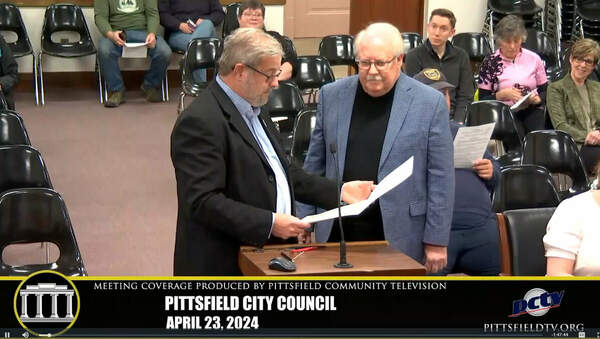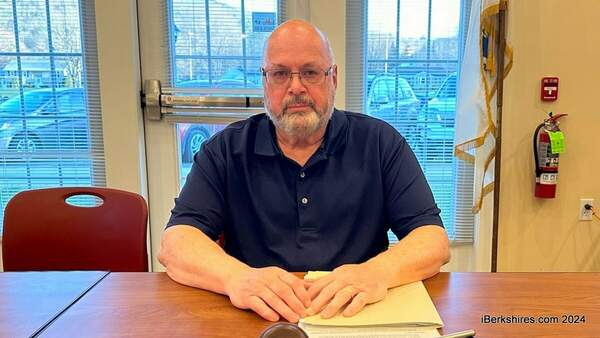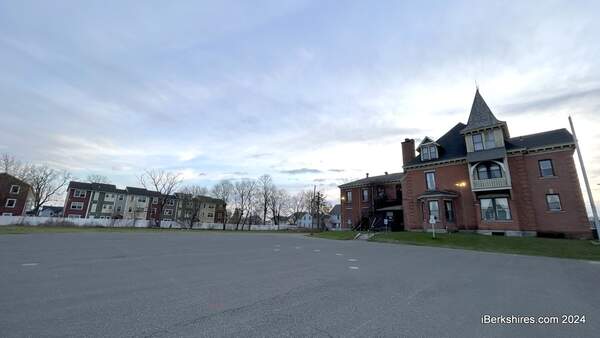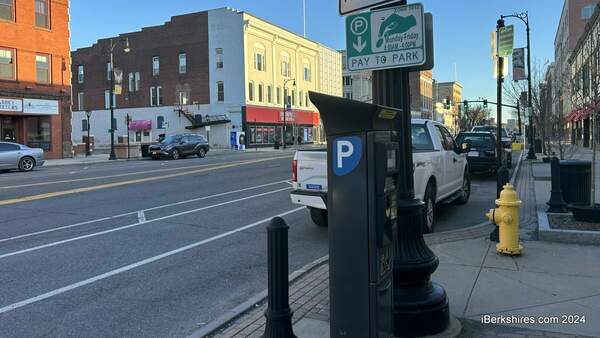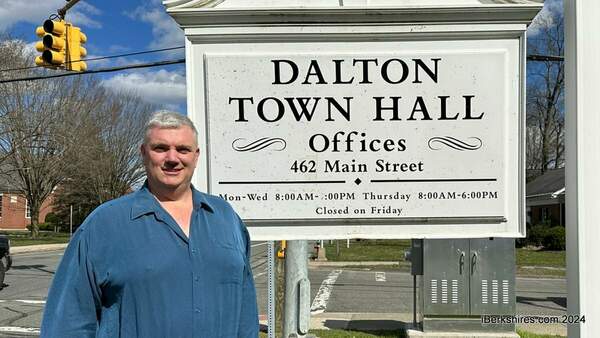
Pittsfield Schools Won't Revert to Remote Despite COVID Uptic
PITTSFIELD, Mass. — Despite the recent uptick in COVID-19 cases in the city, Pittsfield Public Schools are proceeding with the return to full-time in-person education beginning on April 5 with elementary students.
The reversion of schools to remote learning will no longer be dependent on the city's percent positivity rate or case numbers, as decided by the Board of Elementary and Secondary Education and Education Commissioner Jeffrey Riley on March 5.
Though the decision will no longer rely on community health data, in-school transmission and staffing issues can warrant the reversion. There have not been cases of in-school transmission within the current surge.
"I have gotten a number of questions from parents concerned about the rate the recent rise in the percent positivity look asking me when we will close because of it," interim Superintendent Joseph Curtis told the School Committee on Wednesday.
"But I do want to convey to the public and we're beginning this messaging out to our families, each week, that as of April 5 and April 28, the School District reverting to a remote learning plan based on percent positivity or cases per one 100,000 is no longer at the discretion of the superintendent. So there is no more reverting to remote learning because of those two factors, and then again at the discretion of the superintendent."
Mayor Linda Tyer reported to the City Council on Tuesday that there have been 117 new cases and that public health nurses are examining for the possibility of five potential clusters. The 14-day average cases per 100,000 people is now 25.51 and the 14-day positivity rate is 3.26 percent. These two elements have put the city back into the yellow incident rate classification.
This report included confirmation that the United Kingdom COVID-19 variant has reached Pittsfield based on wastewater testing results.
Despite these figures, there have no cases in school transmission during this time period, warranting the return of full-time in-school education.
Curtis cited the Education Board's March 5 vote that allowed Riley to define what counts for time in learning and clearly states that it must be delivered in person.
"What we have projected out to our families and into our entire staff, in fact, I was having a conversation just with the mayor the other day that in school transmission, which we have not had any yet, is one of the factors that could revert a classroom, a grade, a cohort or even a school to a remote learning plan," Curtis said. "Saying that, I would dare say the approval and certainly the outreach to the Department of Elementary and Secondary Education, we have a contact, that we are to follow. If this is a consideration if we have in school transmission, and we are considering, certainly reverting high school to remote learning."
In the case of in-school transmission, the district would work with their contact to the Elementary and Secondary Education Board, who Curtis said may provide technical assistance or send out a consultation team.
"Certainly over this school year, not only this district but surrounding districts have been in the practice of reverting to remote learning based on current health data," Curtis explained. "That is no longer a choice. And in somewhat of a strong way that was emphasized again at a recent meeting with the commissioner."
He said constant communication with the district's nurse leader, health and safety coordinator, and himself has been a "very effective" contact tracing collaboration that is keeping schools open.
"We've done that work day and night, seven days a week since we've been back in person," Curtis reported. "but I just wanted to convey that to the committee, convey to the public that it is not at the superintendent's discretion to revert to remote learning based on health metrics, staffing could be a concern, in school transmission could be a concern, with both of those concerns we've been asked to call the Department of Elementary and Secondary Education and talk through those concerns and come to an ultimate outcome."
Curtis notified the committee that the district conducted its first pool testing event on March 18 and 19. This event tested athletes, coaches, and trainers at Pittsfield High School and Taconic High School.
He reported that the 32 athletes and three coaches from Taconic High and the 41 athletes and four coaches from PHS all tested negative. Pool testing will be conducted Mondays and Tuesdays from now on for athletes, coaches and trainers.
Tags: COVID-19, school reopening,
More Coronavirus Updates

